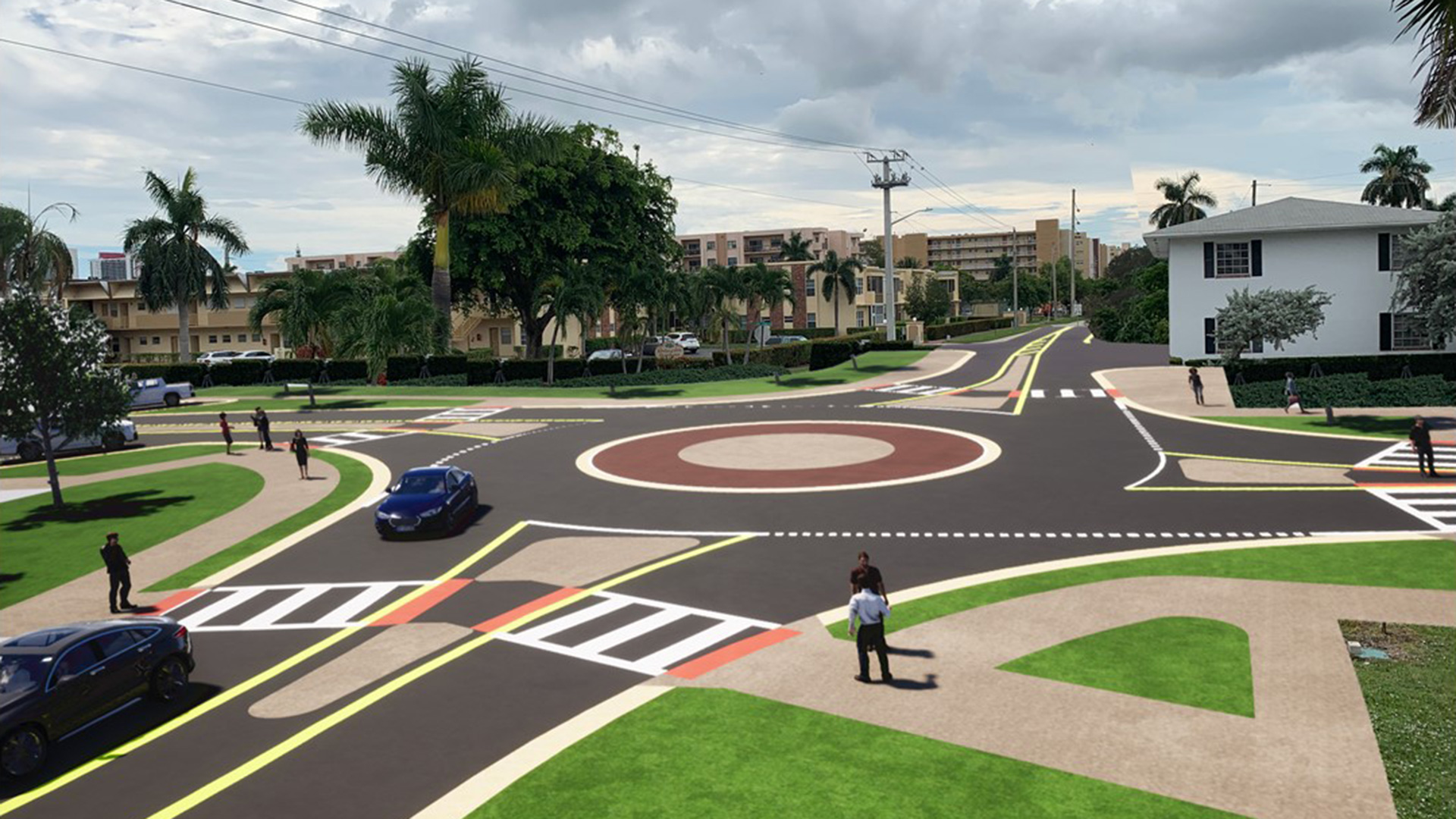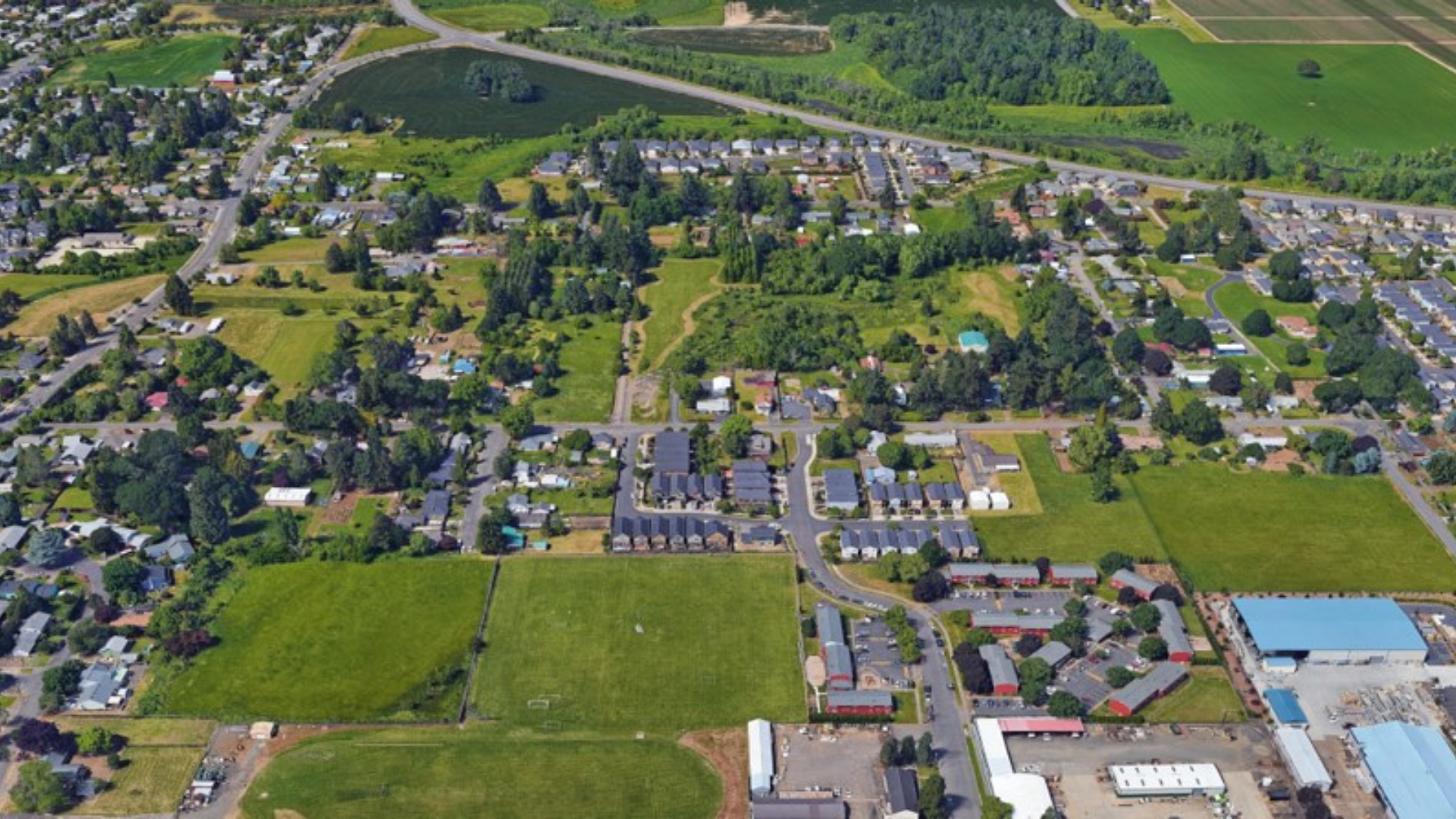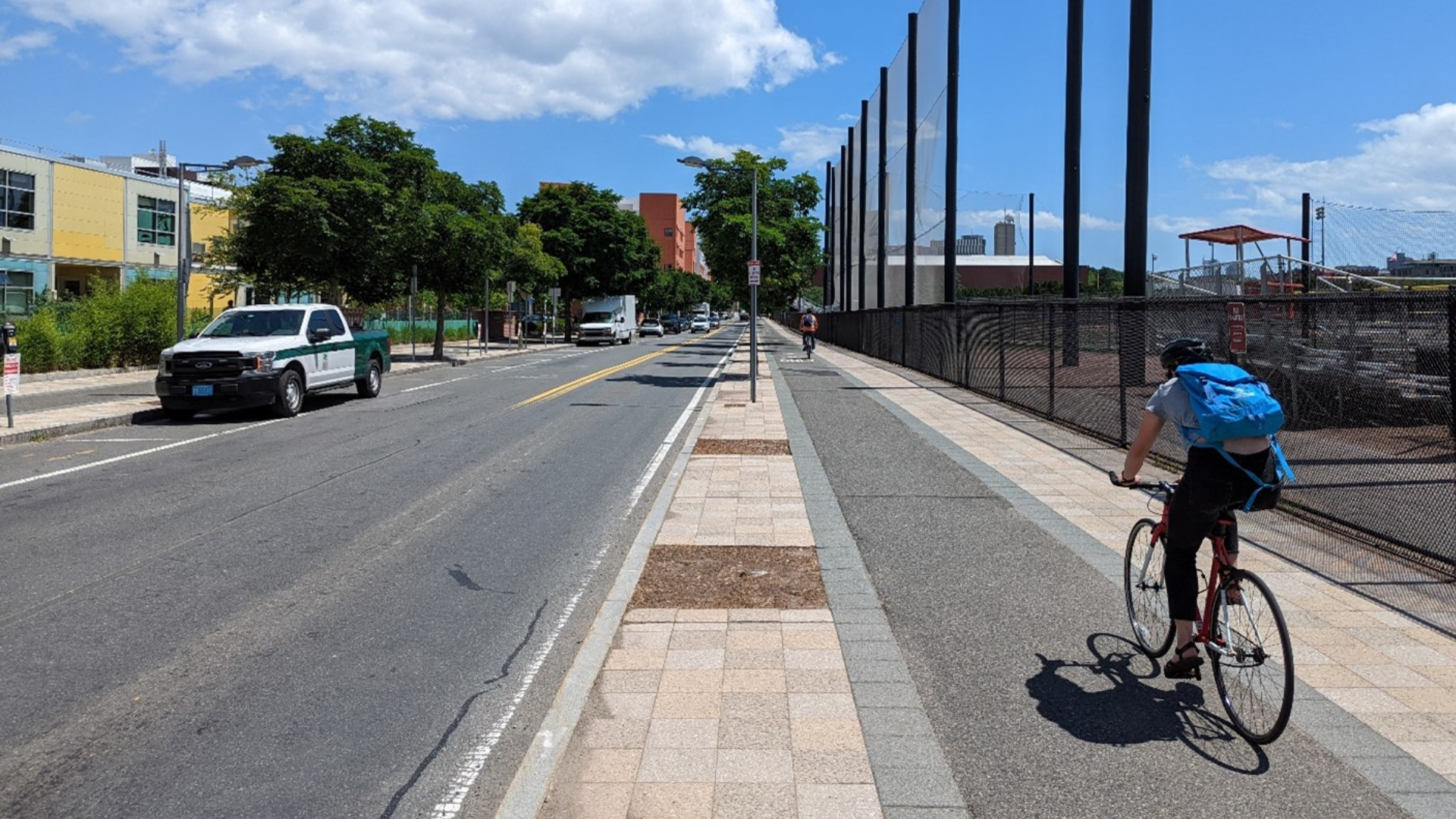Challenge
Roundabouts and channelized turn lanes present unique challenges to pedestrians with blindness and other vision disabilities. Blind pedestrians have difficulty locating the appropriate place to cross, aligning to cross, determining when they feel safe to cross, and maintaining alignment during crossing. Practitioners need guidance to help with selection of appropriate crossing treatments that are accessible to everyone.
Solution
A series of three projects addressed this challenge. For the first project (03-78a, NCHRP Report 674), the research team conducted extensive field-based research of a variety of single-lane roundabouts, multilane roundabouts, and channelized turn lanes at signalized intersections. Kittelson provided engineering support to assist with site selection and to design a temporary pedestrian hybrid beacon system for use at a test site in Golden, Colorado. For the second project (03-78b, NCHRP Report 834), Kittelson played a key role in transforming the research findings from 03-78a into guidelines for practitioners to use in designing and assessing the effectiveness of treatments at roundabouts and channelized turn lanes. For the third project (03-78c), Kittelson led the development of a short course for technology transfer to practitioners, presented throughout the United States.
The Outcome
Making Challenging Intersections Accessible to Everyone
The results of this project are designed to be readily integrated into the design philosophy and practice presented in NCHRP Report 672, Roundabouts: An Informational Guide, Second Edition. These practices are intended to help practitioners make informed decisions ensuring that pedestrian crossings at roundabouts and channelized turn lanes are accessible to and usable by everyone.



